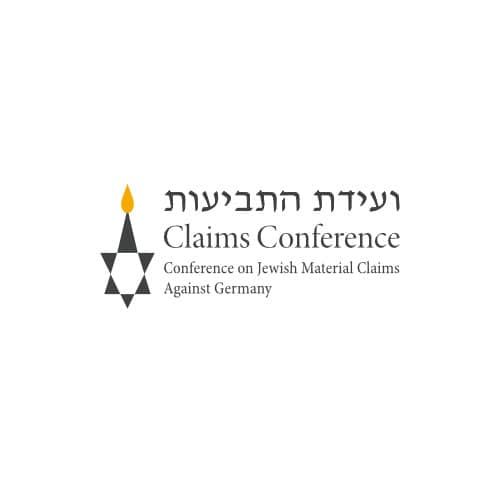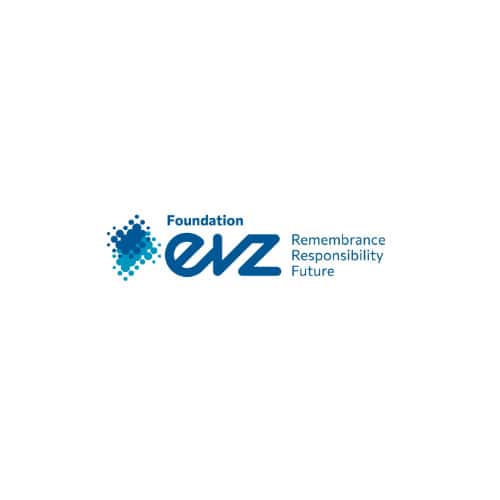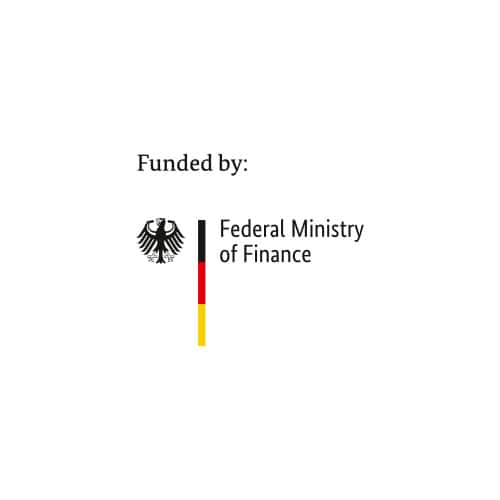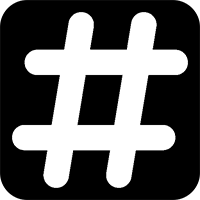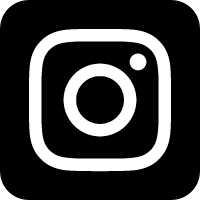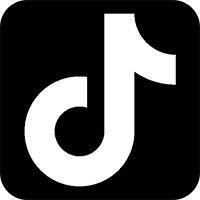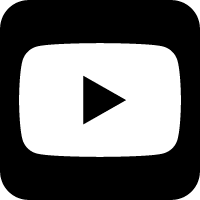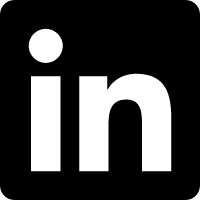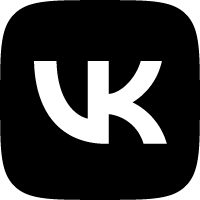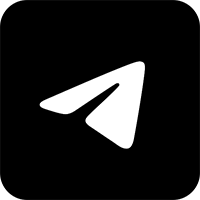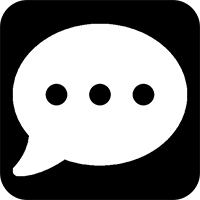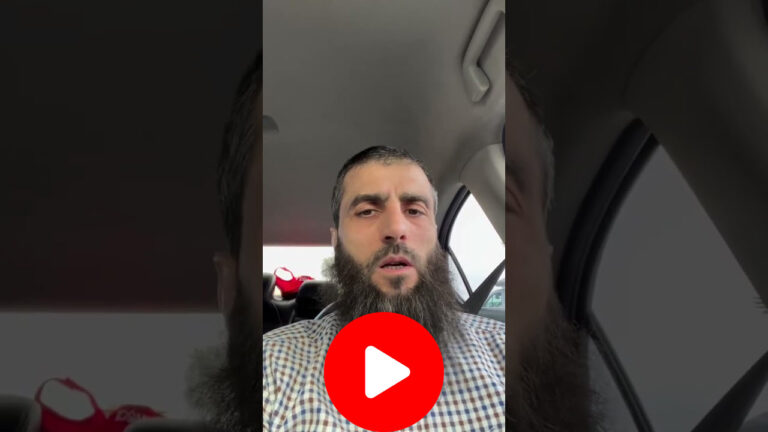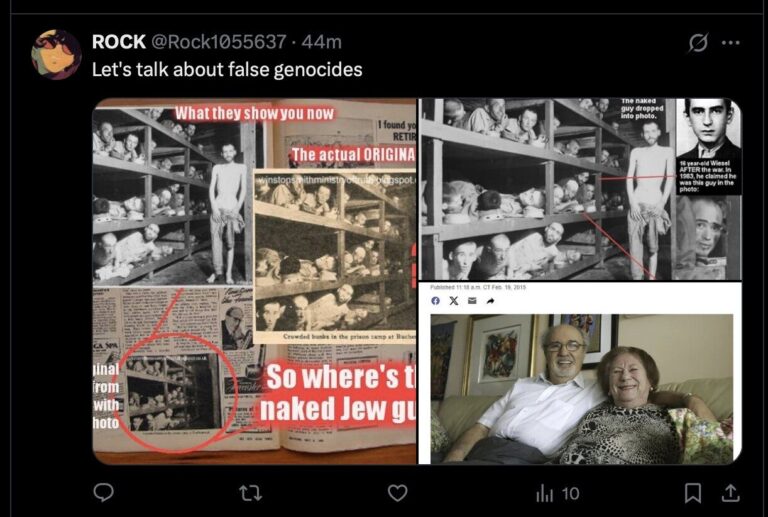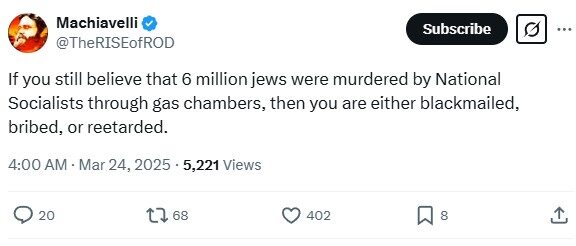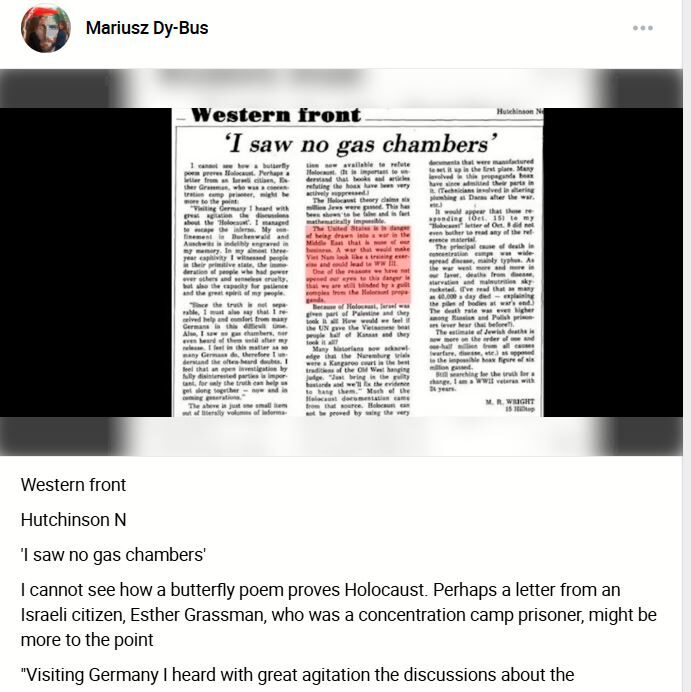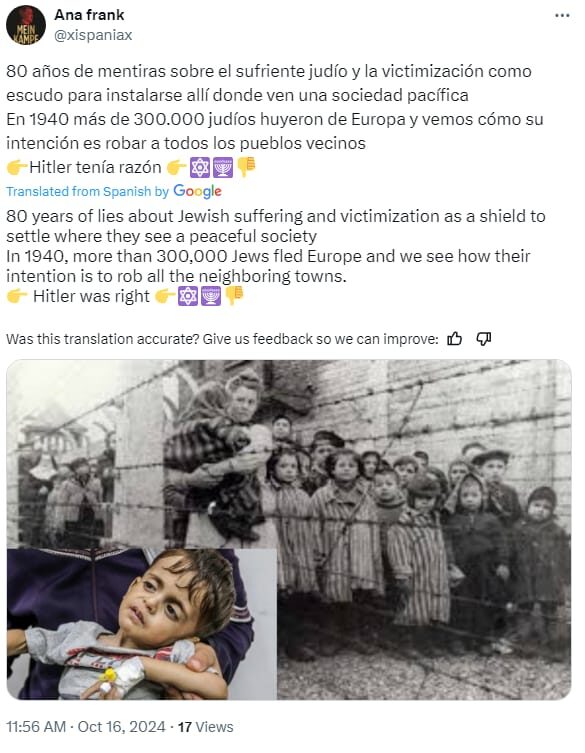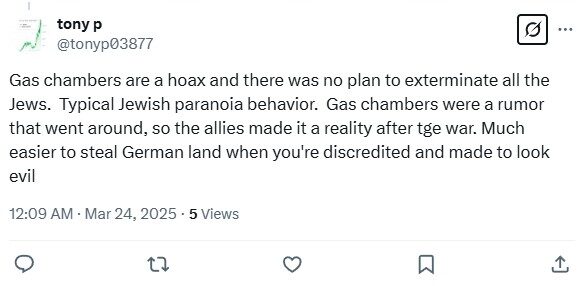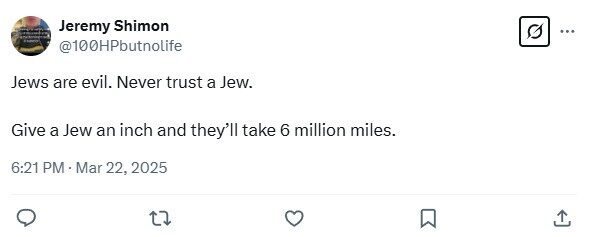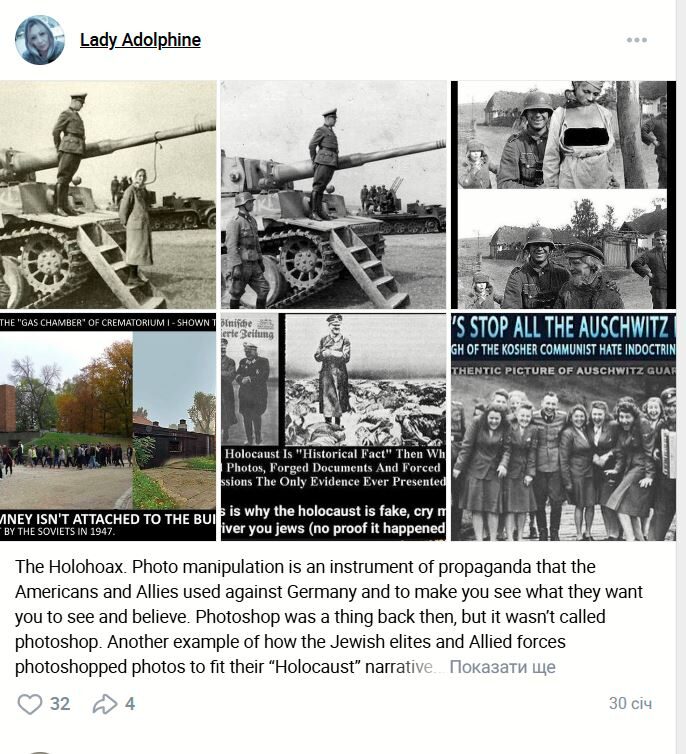Eyes on Hate
This gallery showcases examples of antisemitic content detected by FOA volunteers across social media platforms. Some were found through manual searches, while others were identified using FOA’s unique AI-powered monitoring system.
About
We have organized the gallery into categories, those used by the volunteers to help catalog the material and support ongoing investigations, analysis, and documentation.
The images featured here were flagged on platforms including X, Facebook, Instagram, YouTube, TikTok, and the Russian network VKontakte, and Gab.
As a ‘Trusted Flagger’ on most major platforms, FOA can directly escalate antisemitic and harmful content to platform representatives—ensuring faster response times and real-time tracking of content removal.
Through FOA’s training sessions, volunteers learn how to recognize and differentiate between various types of antisemitic content – enabling them to report as much relevant material as possible.
Categories
Content that directly or indirectly calls for harm, violence, or physical attacks against Jews or Israelis. This includes calls to action, threats, or praise for past or future violence - whether directed at individuals, groups, or institutions.
Content that dehumanises by using antisemitic images, caricatures or symbols, classic antisemitic tropes or conspiracy theories vilifying Jews or portraying them as manipulative, evil, or dangerous.
Content that includes fake or factually inaccurate posts related to recent events that misrepresent events, statistics, or history in a way that promotes antisemitic beliefs or demonizes Israel and Jews.
Content that denies, distorts, trivializes, or mocks the Holocaust. This includes the revision of history, false parallels, distortions and minimization.
Content targeting "Zionists" as a group is often used as a coded reference to Jews. When "Zionist" functions as a stand-in for “Jew,” the content is considered antisemitic, as it targets individuals based on their identity.
Criticism of Zionism as a political ideology is legally protected as free speech. However, when such criticism crosses into generalizations or hostility toward Jews, it constitutes hate speech.
Content that praises, justifies, or promotes terrorist groups and their actions, primarily when targeted at Israelis or Jews. This includes support for designated terrorist organizations, violent resistance, and martyrdom.
